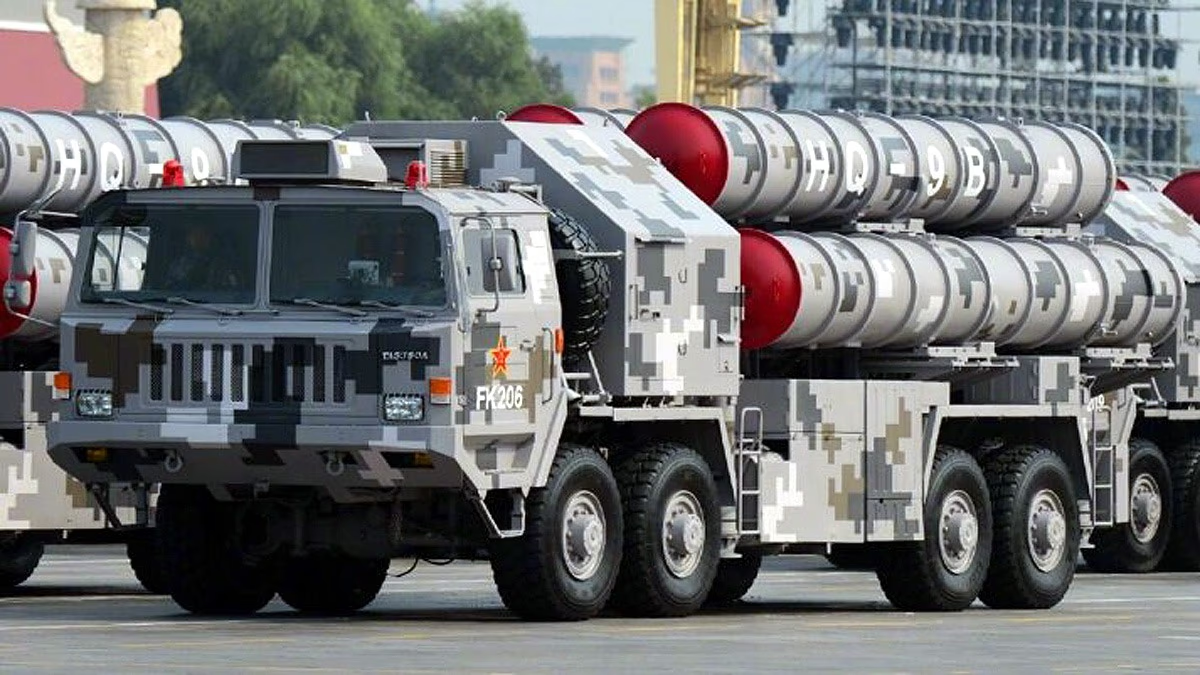China has handed over its HQ-9B Air Defense System to Iran. This is the same system that has notably failed multiple times in Pakistan. Let’s delve into what this system is, why it failed in Pakistan, and what reasons might there be for transferring it to Iran.
What is the HQ-9B Air Defense System?
The HQ-9B is an advanced weapon system developed by China. It's designed to intercept airborne threats such as enemy aircraft, drones, cruise missiles, and, to some extent, ballistic missiles. Though inspired by the Russian S-300, it incorporates some American and Israeli technologies.
Read also: Pakistan Tried to Challenge India with JF-17 and HQ-9, Was It Successful?
How does it work?
The system detects enemy aircraft or missiles using radar. It then launches its missiles to destroy them mid-air. It has the capability to target 8-10 missiles simultaneously.
Range: The HQ-9B has a reach of 250-300 KM, capable of neutralizing threats within this range.
Situation in Pakistan: Introduced into the Pakistani army in 2021, it was considered the strongest weapon in their air defense. Nonetheless, during Operation Sindur, several units were destroyed by India.
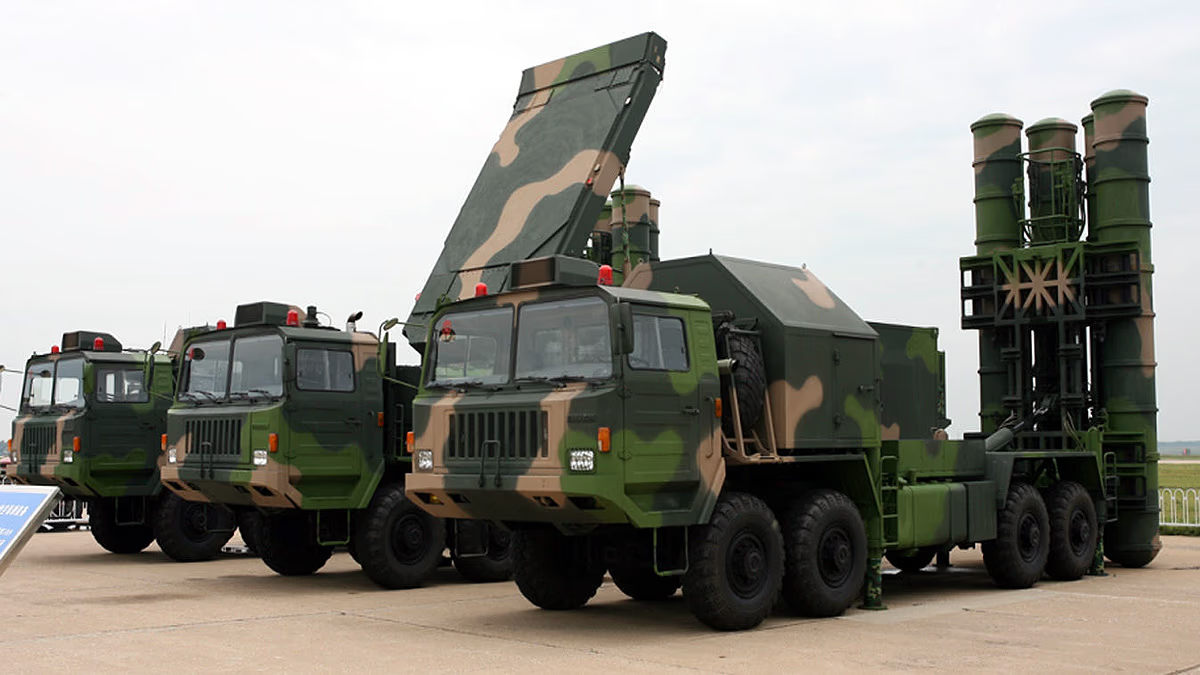
Source: aajtak
Why did it fail in Pakistan?
Pakistan procured the HQ-9B to counter India’s growing airpower, especially the Rafale jets and BrahMos missiles. Nevertheless, it failed on multiple occasions. During Operation Sindur in May 2025, its performance was alarmingly poor.
What happened in Operation Sindur?
India launched precise attacks on terrorist hideouts in Pakistan and Pakistan-occupied Kashmir (PoK). These attacks involved BrahMos, French SCALP cruise missiles, and Israeli Harop drones, and yet HQ-9B failed to counter any of them. Indian precision led to the destruction of an HQ-9B battery stationed in Lahore.
Read also: How Pakistan's Air Defense Failed against Indian Missiles with the Chinese HQ-9
Failure in other instances
In 2024, Iranian missile and drone attacks on Pakistan’s Balochistan saw no engagement from HQ-9B.
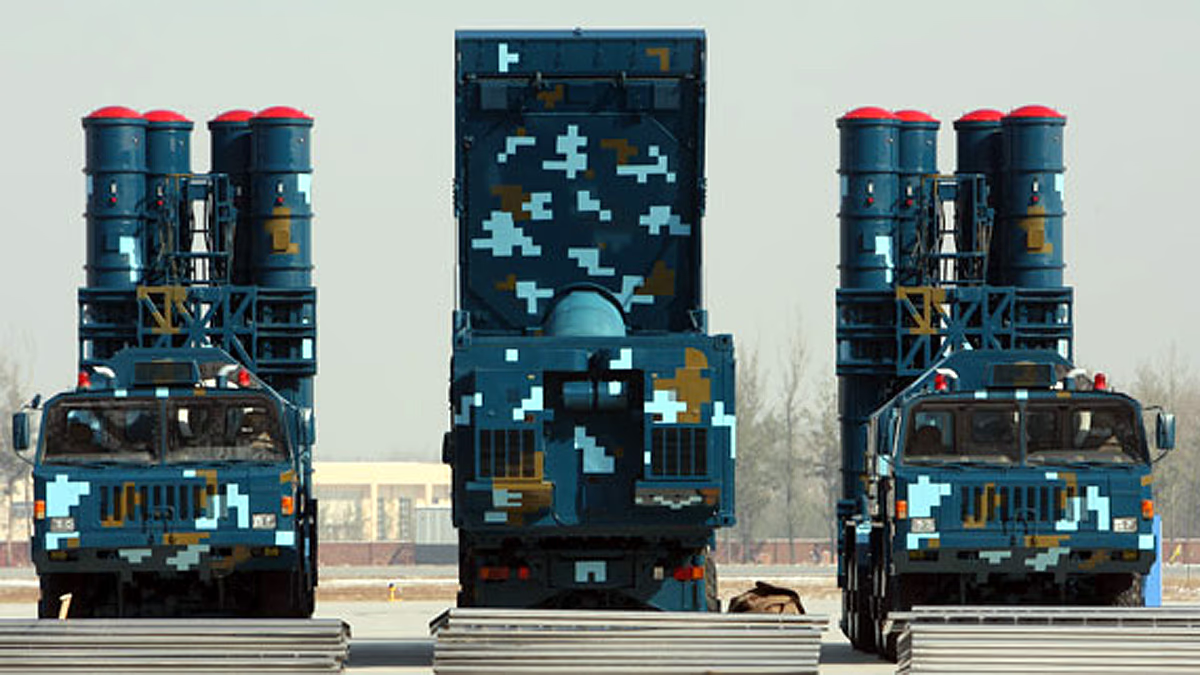
Source: aajtak
Reasons for the failure
Lack of training: The Pakistani military lacked comprehensive training to operate this complex system effectively.
Jamming and stealth technologies: India employed electronic warfare (jamming) and stealth missiles that deceived the HQ-9B's radar systems.
Technical shortcomings: Experts suggest HQ-9B wasn't fully designed to counter fast-moving missiles like the BrahMos.
Maintenance issues: The maintenance costs of this system are exorbitant, and Pakistan might face a shortage of spare parts.
These failures attracted much criticism in Pakistan; even on Chinese social media, users labeled the Pakistani military as helpless bystanders and questioned the HQ-9B’s reliability.
Read also: Israel's Drones Takedown Pakistan’s Defense, The Power of HQ-9 Under Scrutiny
Why did China give HQ-9B to Iran?
In July 2025, news broke that China provided the HQ-9B system to Iran through an oil-for-tech deal, since US sanctions restrict any cash transactions.
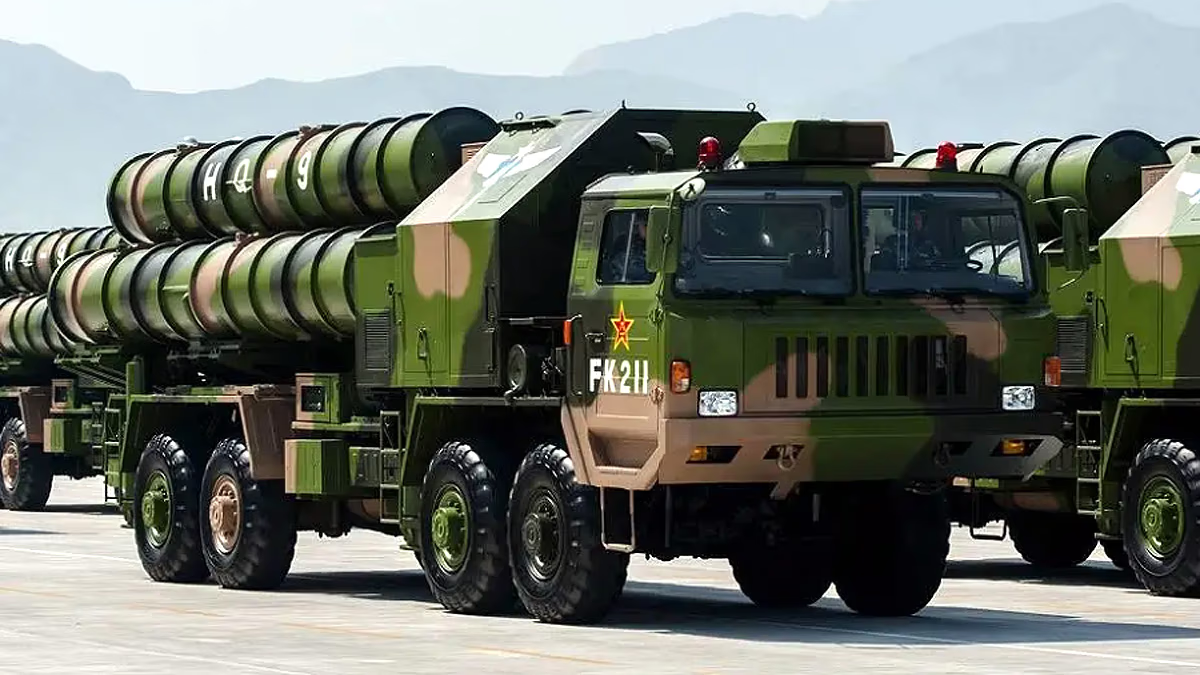
Source: aajtak
Why does Iran need it?
Confrontations with formidable adversaries like Israel and the US pushed Iran to strengthen its air defenses. After recent Israeli air raids, Iran aims to bolster its defenses, and HQ-9B can offer protection against long-range aerial threats.
China’s gain
Oil supply: China gains affordable oil from Iran, crucial for its economy.
Arms market: China wants to sell arms globally. Supplying HQ-9B to Iran reinforces its Middle East foothold.
Masking Pakistan’s failures: Pakistan’s setbacks with HQ-9B tarnished China's reputation. Successful use in Iran could redeem its technological accolade.
Israel's concern: Israel objected to this deal, fearing a fortified Iranian air defense from HQ-9B.
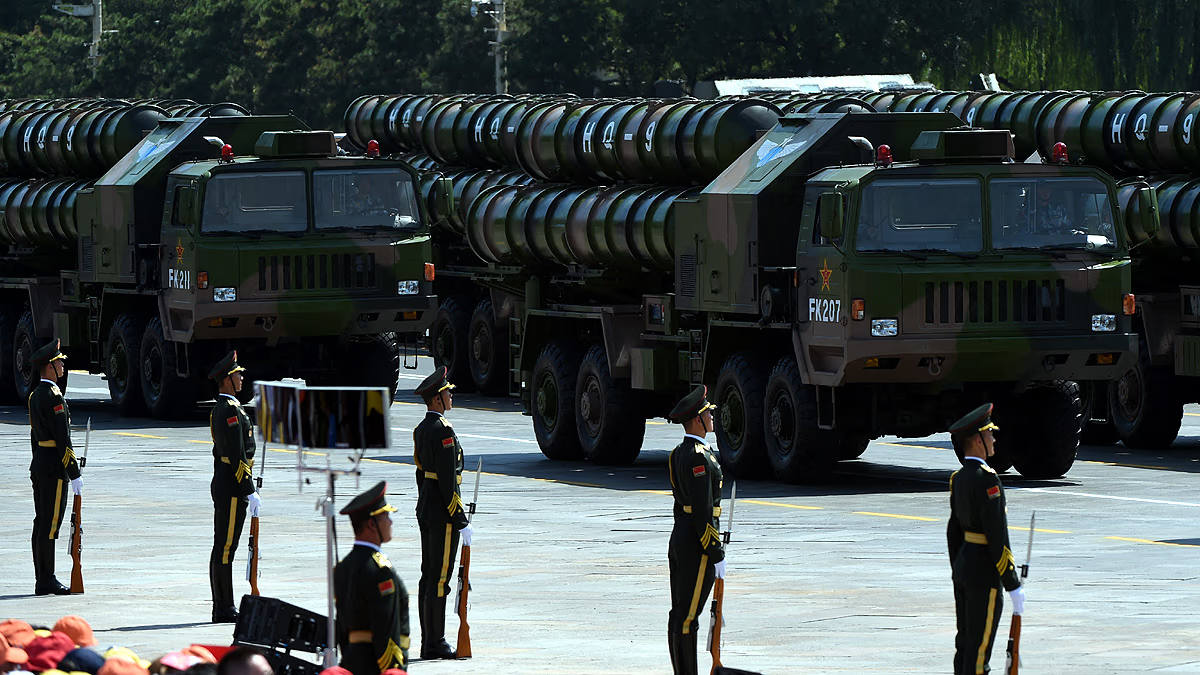
Source: aajtak
Will HQ-9B succeed in Iran?
This question remains unanswered. The failure in Pakistan doesn’t render the system obsolete. Should Iran employ it properly, it could pose a challenge to Israel and the US. However, considerations remain...
Training and maintenance: Iran needs to properly train its personnel and might rely on China for maintenance.
Adversary technology: Israel and the US possess stealth jets and missiles capable of evading HQ-9B's radar.
Past performance: The system’s failure in Pakistan has cast doubt on its reliability, necessitating improved usage in Iran.
Read also: China Unveils HQ-9B Air Defense System, A New Force?
What impact might this have on India?
This development might be concerning for India as Indo-Iranian relations have changed. An adept Iranian deployment of HQ-9B might shift the Middle East's power dynamics. But, India's robust air defenses, like S-400 and Akash systems, equip it to counter any threats efficiently.
